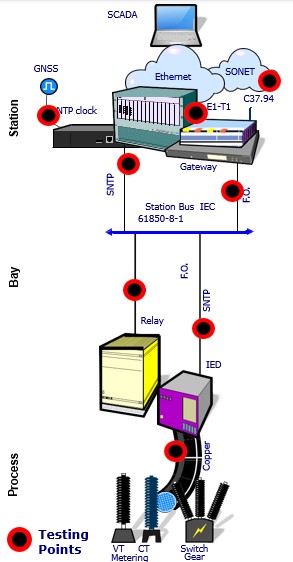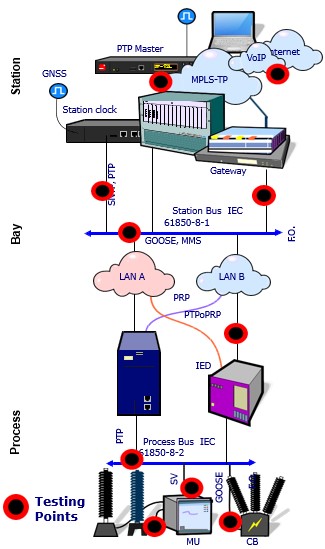Testing the new Power Grid
While the fundamentals of the power grid remain, digital technologies have transformed its operation, leading to the development of a smarter, more efficient and resilient grid. Let's look at how new communications are being deployed and tested.
IRVINE JUL.6.2024
At the beginning
The evolution of the power grid and its basic architecture –generation, transmission and distribution– can be understood in several phases, from its inception to the modern smart grid.
The first electrical infrastructures were established with Thomas Edison’s first DC power station in New York in 1882, but the controversy with Nicola Tesla led to the adoption of AC, which became the standard due to its ability to transform voltages and transport energy over longer distances more efficiently.
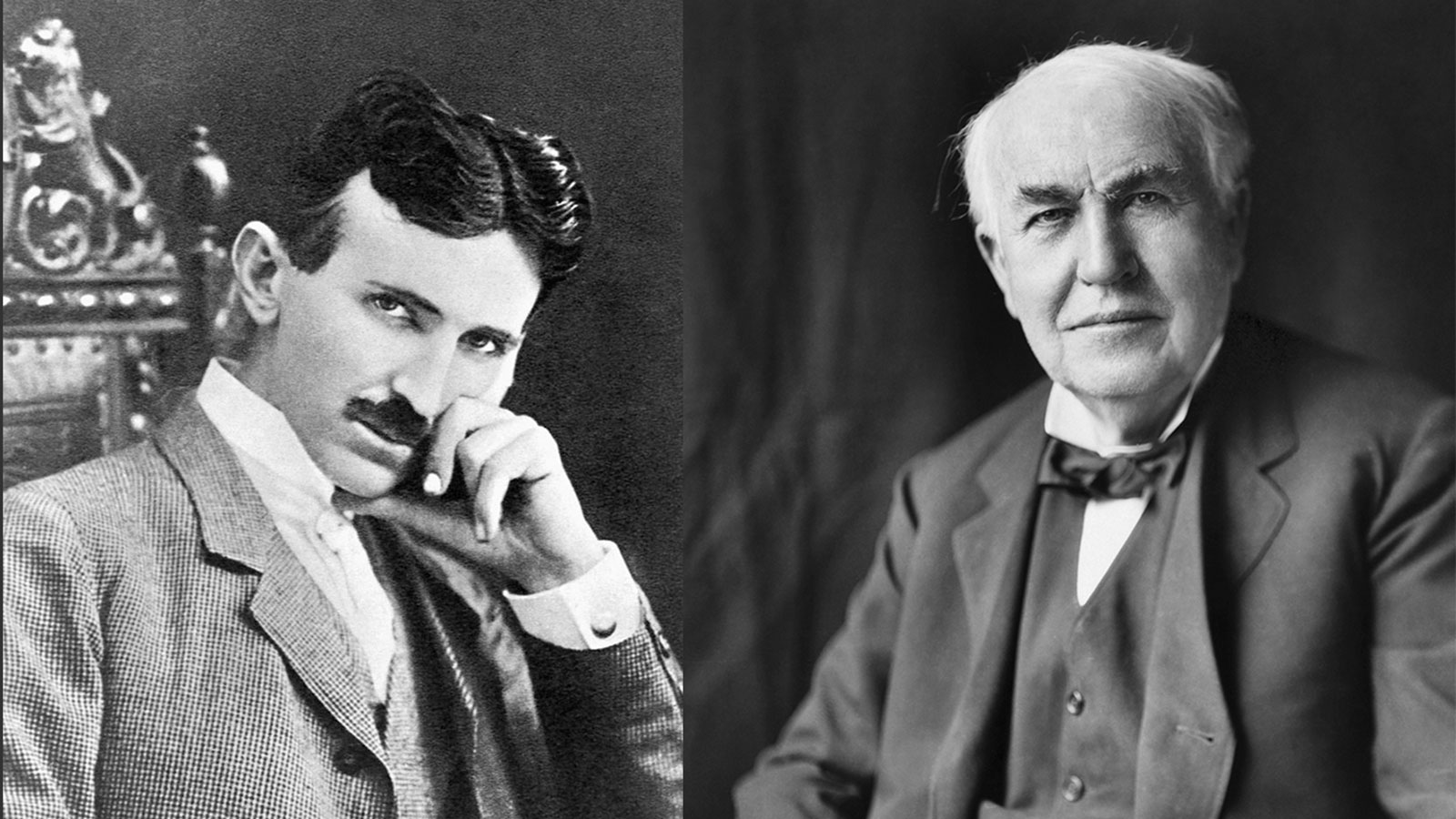
Fig 1. Tesla vs. Edison
The expansion of the utilities required the standardization of voltages and frequencies to facilitate interoperability and efficiency. Regional grids then began to interconnect, forming larger networks to improve reliability and efficiency.
Digital transformation
The introduction in the 80’s and 90’s of advanced communications such as SDH / SONET and digital technologies for sensors, smart meters enabled real-time monitoring and management of the power grid.
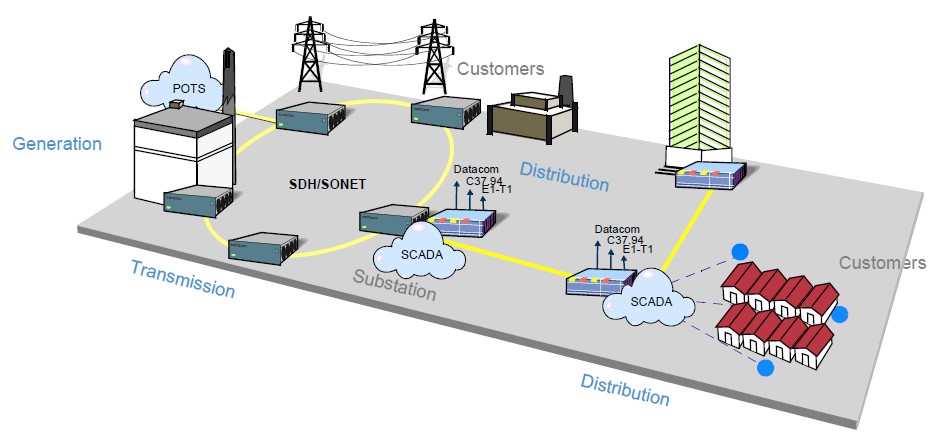
Fig 2. Introduction of digital technologies.
From now on, the grid is renamed as Smart Grid, a concept that encompasses the use of digital technologies to improve the efficiency, reliability and sustainability of the power services:
- Automation: Automated controls and systems that can manage demand, detect outages, and reroute power as needed.
- Two-way communication: Between utilities and consumers, enabling demand response programs where consumers can adjust their usage based on real-time price signals or grid needs.
- Grid Resilience: Enhancements to improve the grid’s ability to withstand and recover from disruptions, including cybersecurity measures.
Network Covergence
The costs and inefficiencies of SONET/SDH have driven the migration to Ethernet-based technologies, which means Carrier Ethernet or MPLS in the WAN, while at the substation, IEC 61850 will bring transmission, synchronization, control and management under a unified network architecture:
- IEC 61850: GOOSE, SV, MMS, PTP and SNTP protocols
- MPLS and MPLS-TP in the WAN supporting PTP
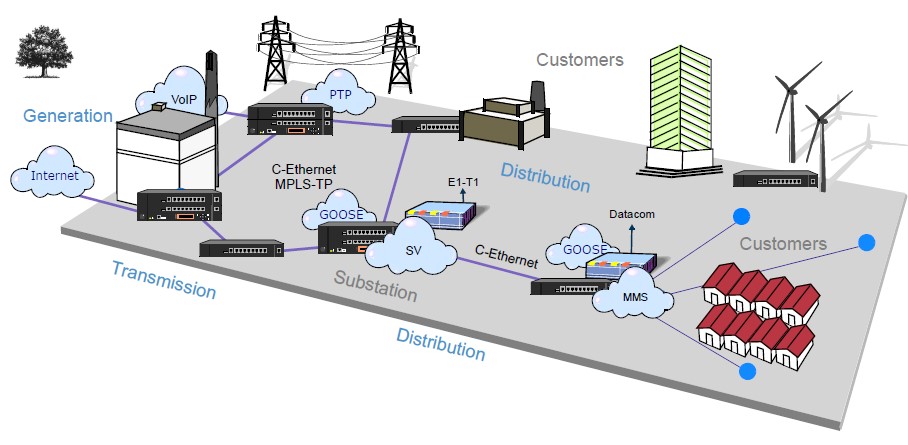
Fig 3. Network convergence to Ethernet in the Power Grid.
Testing Challenges
The evaluation of digital technologies involves the emergence of new protocols and interfaces that generally end up replacing the older ones because the new ones are more efficient and accurate. However, there is a peculiarity in electrical networks: the migration process is much slower than in other industries such as telecoms, so that the coexistence between legacy technologies and new ones takes decades.
Legacy Grid
Before the advent of digital technologies, power grid management relied heavily on manual processes and analog systems. The first modern timing protocols introduced to the power grid were serial communications for data procession and IRIG-B to improve the accuracy and reliability of time synchronization between devices and systems, which is essential for effective operation, monitoring, and stability.
What to Test
- Serial communication: RS-232, RS-422, V.35, V.36
- IRIG-B: timing accuracy
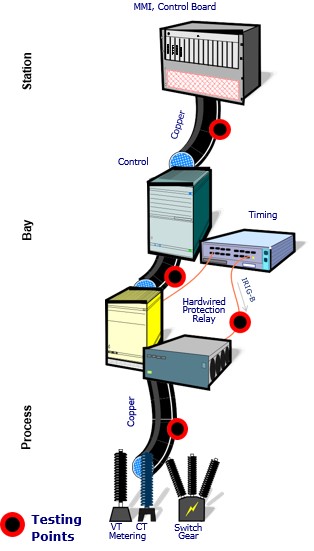
Fig 4. Testing legacy allows for proper performance of legacy equipment.
Digital Network
SONET and SDH may now be considered legacy protocols, but many utilities continue to support SONET/SDH as well as the more common tributaries such as DS3, T1, and E1, especially the 2Mbps framing used by C37.94, which continues to be one of the most popular protocols for teleprotection around the world.
What to Test
- Serial communication data: RS-232, RS-422, V.35, V.36
- IRIG-B: timing3.E1 / T1: pulse, voice, data
- Ethernet: RFC 2544, eSAM, etc.
- IP: ping, trace route
- Fiber Optic: Power, OTDR
- NTP: message, delays, jitter, TE
- Teleprotection: C37.94, One-way delay, Quality
Fig 5. Communications are today a combination of legacy and new protocols.
Objectives
- Check teleprotection times C37.94
- Check and adjust IRIG-B and NTP synchronizations
- Verify the quality of the Ethernet network
- Install and maintain fiber optics
Smart Grid
What to Test
- Teleprotection: One-way delay
- Ethernet: RFC 2544, eSAM, etc.
- IP: ping, route tracing
- MPLS-TP: quality
- Fiber Optic: Power, OTDR
- PRP: delays, counts
- NTP: message, delay, jitter, TE
- PTP Master/Slave Clock Emulation
- PTP: Wander, PPS, TE
- GOOSE: analysis / capture / decoding
- SV: analysis / capture / decode
- MMS: analysis / capture / decode
Fig 6. The Smart Grid Network requires advanced clocks and testers.
Objectives
- Ensure interconnection between different vendors
- Interconnect new and old PTP-NTP-IRIG-B synchronization
- Install and develop new protocols such as GOOSE
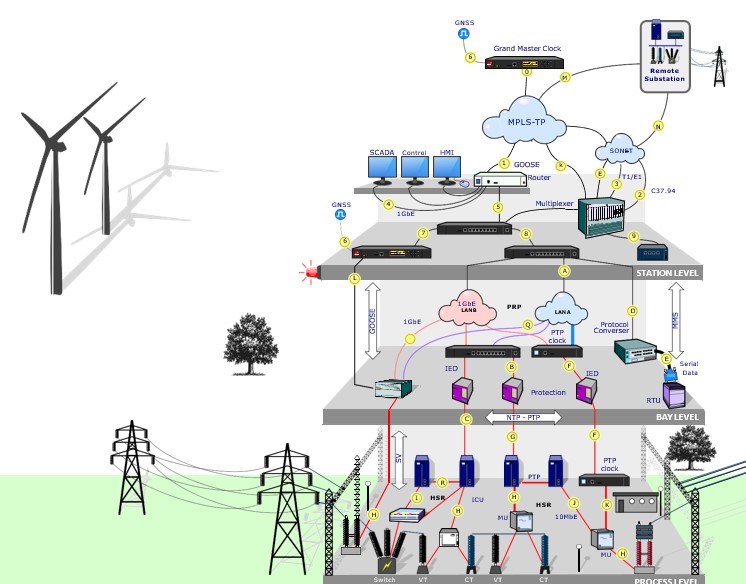
Fig 8. Testing points at the Smart Grid.
Net.Time Omega
Net.Time Ω (Omega) is a PTP/NTP over PRP clock that allows multiple configurations to meet the timing requirements of any industry, including data centers, stock exchanges, broadcast, IoT, utilities, or air traffic control. The result is always a reliable and fault-tolerant solution to reference loss, network outages and power failures. At the same time, Net.Time ω simplifies migration to PTP without abandoning investments in NTP, IRIG-B or BITS, thus facilitating the integration, interaction/translation of all types of signals, profiles or protocols.

Fig 7. Net.Time Ω (Omega) supports a PTP/NTP over PRP clock with Display.
xGenius
xGenius is a tester designed for the installation and maintenance of communications in the energy industry. It supports legacy and new generation interfaces to verify Ethernet / IP, MPLS, PTP, NTP, SyncE, ToD, IRIG-B, T1 / E1, C37.94, RS-232, G703 and protocols such as GOOSE, SV or MMS, giving you a perfect vision and control of your infrastructures, improving protection and data collection.
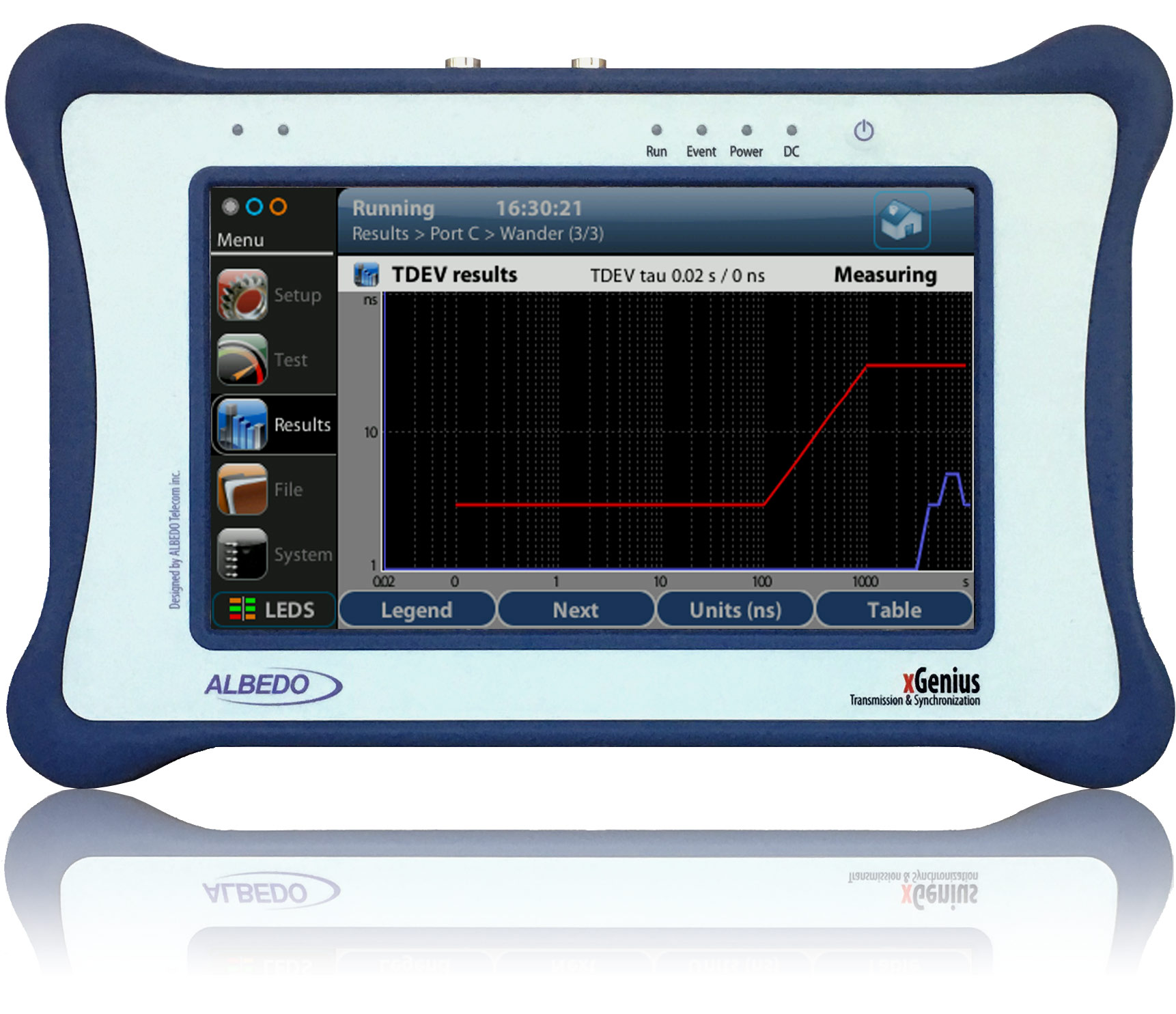
Fig 8. xGenius is tester to verify legacy and new communication protocols.



